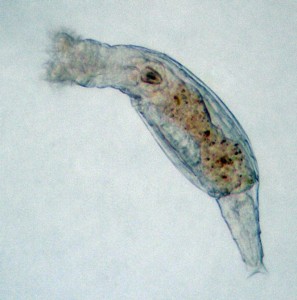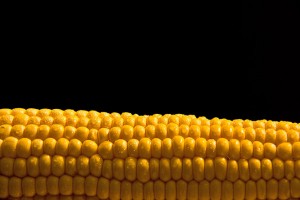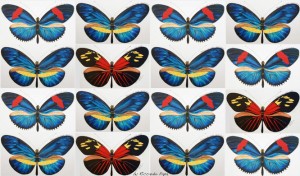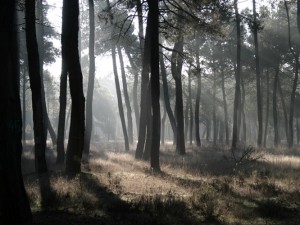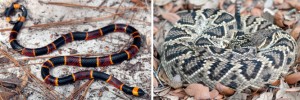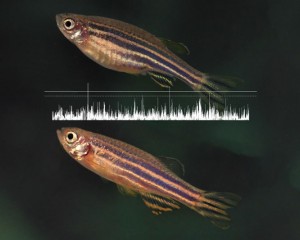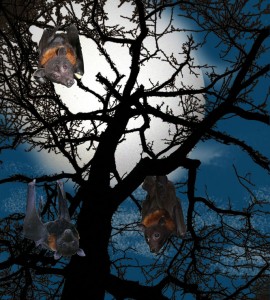Enter your address to receive notifications about new posts to your email.
Articles tagged Evolution
(101 results)
-
The Secret Sex Lives of the Bdelloid Rotifers
Bdelloid rotifers have been veiled in mystery for decades. Despite extensive studies of this class of tiny freshwater invertebrates, no one has observed any trace of sex: no proven males, hermaphrodites, mating, or meiosis. Unlike other asexual organisms, which tend to be short-lived in evolutionary history, the apparently asexual bdelloid rotifers have managed to persist…
-
The mutation that unlocked corn kernels
If not for a single-nucleotide mutation, each kernel on a juicy corn cob would be trapped inside an inedible casing as tough as a walnut shell. In the July issue of GENETICS, Wang et al. identify an amino acid substitution that was key to the development of the so-called “naked” kernels that characterize modern corn…
-
G3 Meeting Report: Experimental Approaches to Evolution and Ecology Using Yeast and Other Model Systems
Directly observing evolution in nature is often impossible. But biologists who use experimental systems to study these processes have the luxury of observing the fine details directly, controlling the conditions, and even replicating the results. In the age of genomics, experimental approaches to ecology and evolution have become particularly powerful for genetic model systems, including…
-
The molecules behind mimicry
The vibrant passion-vine butterfly species Heliconius erato doesn’t taste as good as it looks. The flesh of this South and Central American species accumulates toxic compounds to discourage would-be predators, who quickly learn to associate the butterflies’ unpleasant taste with their bold red warning colors and patterns. But H. erato isn’t the only species that…
-
Undergrads power genomics research
With 1014 authors, an article by Leung et al. in the May issue of G3 has the largest author list of any paper published in the journal. More than 900 of those authors were undergraduate students when they performed the research. Over several years, students at 63 higher education institutions across the US conducted an…
-
Forest forecasts
In 2009, after five years parching under the arid blue skies of Calcena in northeastern Spain, dozens of neat rows of maritime pine seedlings had grown unevenly. Some of the seedlings had died years ago, some were stunted but hanging on, while others grew tall and green. The trees were not in their native soil.…
-
Vexed: why doesn’t eastern coral snake venom vary?
When an eastern diamondback rattlesnake bites its prey, it injects a cocktail of toxic proteins and peptides that attack on multiple fronts. These toxins destroy blood vessels, block the blood clotting cascade, cause necrosis, and inflict crippling pain. But the precise recipe for this noxious mix is generally thought to depend on where the snake…
-
Wild zebrafish sex: a lab mystery solved
Laboratory zebrafish hide a dirty little secret. Although the tiny fish have proven to be a vital model of vertebrate development and disease genetics, zebrafish reproduction—at least in the lab—has wildly variable outcomes. Offspring sex ratios can vary from extremely male-biased to extremely female-biased, depending on which breeding pairs serve as parents. The reason for…
-
How the cat got its spots (and hearing problems)
Mammal domestication is a hot topic, with many groups releasing detailed genetic studies of different models of domestication. This week we’ll look at the genetics of cat colors and follow up on the recently published domestication syndrome hypothesis. Next week we’ll feature new research on experimental rat domestication. Stay tuned! Does your cat have a…
-
Bat signals: genomic traces of sensory rewiring
How does evolution rewire an animal’s sensory system? In time for both National Bat Week and Halloween, new research in G3 investigates this question by comparing the genomes of bat species that “see” the world in different ways. The black flying fox Pteropus alecto forages for fruit mainly by smell and sight. In contrast, the…
-
Does neural crest development drive domestication syndrome?
In Stellenbosch, South Africa, in the shade of the university botanical gardens, Adam Wilkins and Richard Wrangham drank coffee and worked their way through a list. Tameness. Smaller muzzles. Smaller teeth. Patches of white fur. Floppy ears. In early 2011, Wilkins, Perspectives editor at GENETICS, and Wrangham, primatologist at Harvard, were both spending the semester…


